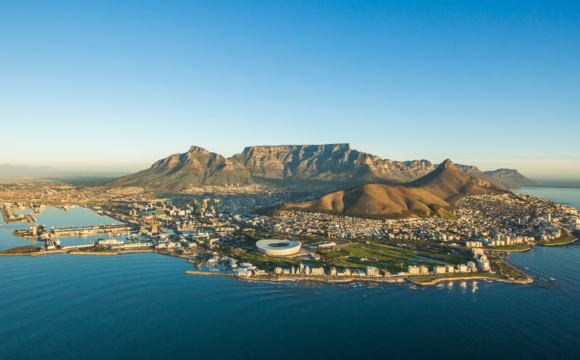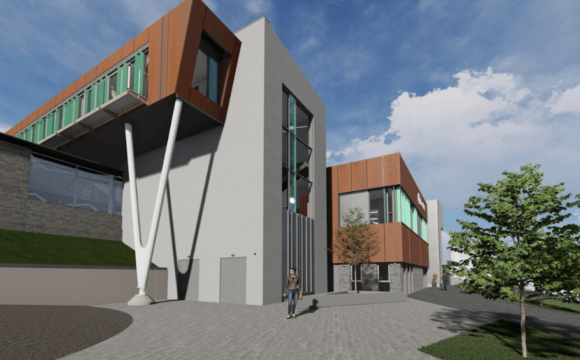From its World Heritage listed architecture to its vibrant nightlife, beautiful landscapes and distinctive cuisine, Lisbon is one of Europe’s most vibrant and culturally-rich destinations. And while its most iconic attractions should be top of any visitor’s wish list, those wanting a glimpse of local life will also find a host of ways to feel at home in this dazzling destination.
Here, the Lisbon Tourism Association highlights some of the locations and experiences that are much-loved by Lisboetas, giving visitors an authentic taste of Lisbon through the eyes of the people who know it best.
Shopping around
While elegant Avenue da Liberdade and chic Chiado are popular shopping stops, Campo de Ourique may slip under the radar of visitors to Lisbon. But this laid-back area of traditional shops and markets at the end of the famous 28 tram route is well worth a visit. Its pretty squares, parks and cafes give it a neighbourhood feel, and the Mercado de Campo de Ourique market is a great place to pick up fresh produce or enjoy a bite at one of the food stalls.
Local flavours
No visitor to Lisbon would want to miss its most famous dishes – grilled sardines, bacalhau (salt cod) and, of course, delicious pasteis de nata (custard tarts). But other dishes enjoyed by local Lisboetas are also well worth trying for an authentic taste of Lisbon. In summer, caracóis (snails) are a popular snack served with a cold beer or glass of wine while fresh amêijoas (clams) can be enjoyed in a multitude of ways, the most popular being Ameijoas à Bulhão Pato, served with olive oil, garlic and lemon. Sweet-toothed visitors will enjoy the Travesseiros de Sintra (puff pastries filled with almond cream) and Torta de Azeitão (sponge cake with lemon and cinnamon).
When the sun goes down
With a reputation as one of Europe’s coolest capitals, Cais do Sodré and Bairro Alto are at the heart of Lisbon’s nightlife scene. But visitors to the Santos district will find that the warehouses of its industrial past have now been converted into trendy clubs and bars where young Lisboetas dance until dawn. Another area popular with local night owls is the lively Docas (docks) district, on the riverside near the 25 de Abril bridge where warehouses have, once again, been converted into cosmopolitan bars, clubs and restaurants perfect for a night on the town.
Beach life
Lisbon’s Atlantic coastline is home to a host of beautiful beaches within easy reach of the city, with some of the most popular along the 15km stretch of the Costa da Caparica. But there are also off-the-beaten-track options for visitors seeking more secluded shores, like the stunning Portinho da Arrábida with its white sands and clear blue waters, the remote sands and powerful waves of Meco beach and beautiful Galapinhos beach, backed by forested hills.
It’s only natural
When Lisboetas want to relax in nature, they have plenty of options. The Monsanto Forest, to the west of the city, is popular at weekends, with picnic areas and hilly trails for hiking, cycling or running within its eucalyptus, oak and pine woodlands. In the centre of the city north of Marquis of Pombal Square, the 19th century Parque Eduardo VII is a more structured green space, with manicured hedges, mosaic pathways and wonderful views over the city towards the Tagus. Further out of the city are two stunning nature parks, perfect for getting active on land or the ocean. The green hills of the Arrábida Nature Park overlook the deep blue of the Atlantic while the Sintra-Cascais Nature Park has pine-scented forests and steep cliffs leading to the rugged coastline.
Cultural gems
From World Heritage-listed buildings to world class museums and galleries, Lisbon is packed with culture. Yet as well as famous collections like the National Tile Museum and the National Ancient Art Museum, there are smaller yet equally fascinating collections just waiting to be discovered. The Bordalo Pinheiro Museum is an extraordinary trove of drawings, ceramics and writings by Rafael Bordalo Pinheiro, a famous 19th century Portuguese artist and caricaturist. By contrast, the award-winning Pavilhão de Portugal – designed to look like a sheet of paper resting on two bricks – was built for the 1998 World Expo and is considered an engineering masterpiece and a milestone in contemporary Portuguese architecture.
Keeping active
Visitors wanting to keep fit on their Lisbon break, will find plenty of parks and trails perfect for jogging or cycling with the locals. The Tagus Estuary trails are set in a beautiful natural environment while, with their fresh air and unique views of the city, the Parque das Nações and Belém Seafront Walk are two of the best places for walking, running and cycling.
For more information, ideas, and inspiration on visiting Lisbon, please go to www.visitlisboa.com
















